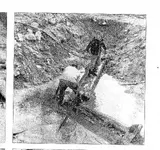gazzahk
Bronze Member
- Joined
- Nov 14, 2015
- Messages
- 1,720
- Reaction score
- 2,584
- Golden Thread
- 0
- Primary Interest:
- All Treasure Hunting
- #1
Thread Owner
I have just finished reading Joy's book. I would start by saying it is a very easy and informative read. Well worth the $12 for anyone interested in the Oak Island Mystery (It is only 120 page long only takes a couple of hours to read).
She gives some great back ground, insights and context of the era (also some cool photos).
Before I discuss her theory some other interesting things raised in her book in relation to previous discussions in other threads.
1. Rick Lagina needs to do some research. Dunfiled description of the finger drain finds seems a near exact math to what is shown in this old film clip(around 8-11 mins in )
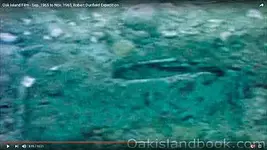
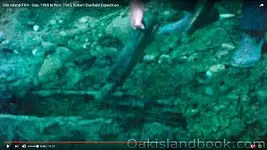
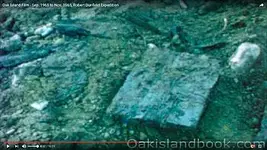
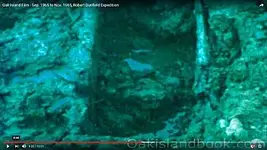
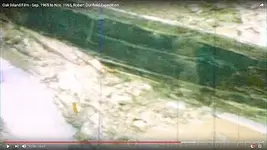
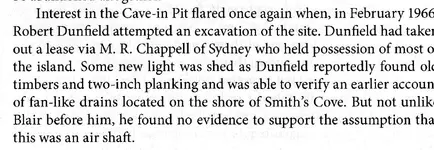
They must of seen this clip because they use cuts of it when showing Dunfiled in there TV show. They must know there is pics of finger drains. He should not be lying to his audience or he should sack his researchers/editors.
2. Fred Nolans theory is the British buried the treasure and it comes from the sacking of Harvana in 1762
3. As for no pictures of the stone cross here is one given by Joy and an old map that shows the money pit (another thing the laginas said did not exist didn’t they even read her book?)
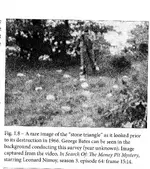
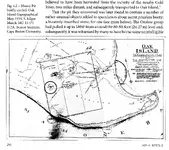
Joys Theory
Her theory is that OI was used to make a variety of naval store products by a private company selling to the British navy. The labour used on the island was mostly slaves. The island had at least 3 Pine Tar Kilns. 1) The money pit 2) the cave in pit 3) Smith cove coffer dam
A tar kiln looked something like this
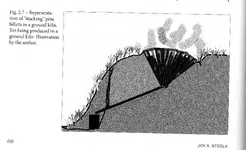
The Kiln is buried under ground and drained into barrels. The drains are also under ground (This is needed to stop the Tar catching fire as it very flammable. Under ground it had no oxygen to catch fire. The idea of the pit can be shown on this image (the oak tree/pulley was used to help raise and lower stuff into the kiln).
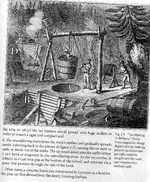
Her evidence is based around the shape, charcoal remnants, left over ground impression, location, need for the products, British documents that support this was being done in Nova Scotia (Very interesting background on the company that she is saying controlled the island).
Smiths Cove
She argues that the structure coffer dam was not a dam and that at this age this area was not under water. She offer this phot as collaboration of the rise in sea levels since then.
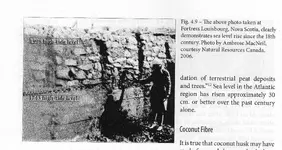
The drains were draining the pine tar from the kiln and that is why they are buried under the sand/ rocks etc. All the U shaped structure etc was support for the Kiln
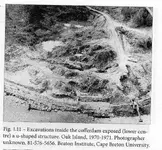
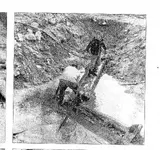
She claims that this box sled is actually a tar funnel
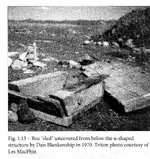
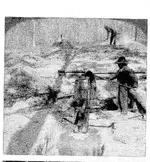
She points out that this is a reason that all the timber found in the drains etc is in such good condition as it was heavily soaked with pine tar a preserver of wood from the process. She quotes several “experts’ who are supportive of her theory
She also claims other evidence found may be that of making ship masts (she claims these were soaked in the swamp to season) etc as the Naval stores enterprise made many thins (This is interesting as it may fit with the recent article on softening coconut fibres as well — as Joys explanation for the coconut fibres is pretty poor in my opinion ).
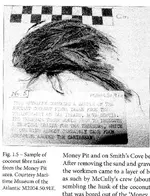
She claims the reports of fires and lights on the island were people seeing the tar kilns flame up and explode as they often did.
Flood tunnel
She gives a very good theory to explain the water at 100ft — soil liquefaction caused by volcanic action and vibration in damp clayey soil. Basically some soil turns liquids’ and flows out to sea leaving a natural tunnel in the remaining soil.
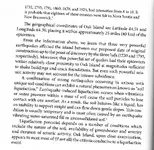
Initial Problems with Theory in my view
1. Is there really evidence that the sea level rose by that much over 250 years?
2. Why by 1790s had everyone in the area forgotten that there was a significant enterprise making naval stores on OI that was there until the 1750’s
3. Why did people think the lights were strange if they new heaps of people were on the island making naval stores
4. Is soil liquefaction real
5. She does not really explain the coconut fibres
6. She claims the chapels vault was so deep because the volcanic action caused the shaft to collapse a significant depth into the cavity’s below (is this a viable explanation).
This is just a start I hope some others will now join in with some more detailed discussion of her theory/views
She gives some great back ground, insights and context of the era (also some cool photos).
Before I discuss her theory some other interesting things raised in her book in relation to previous discussions in other threads.
1. Rick Lagina needs to do some research. Dunfiled description of the finger drain finds seems a near exact math to what is shown in this old film clip(around 8-11 mins in )






They must of seen this clip because they use cuts of it when showing Dunfiled in there TV show. They must know there is pics of finger drains. He should not be lying to his audience or he should sack his researchers/editors.
2. Fred Nolans theory is the British buried the treasure and it comes from the sacking of Harvana in 1762
3. As for no pictures of the stone cross here is one given by Joy and an old map that shows the money pit (another thing the laginas said did not exist didn’t they even read her book?)


Joys Theory
Her theory is that OI was used to make a variety of naval store products by a private company selling to the British navy. The labour used on the island was mostly slaves. The island had at least 3 Pine Tar Kilns. 1) The money pit 2) the cave in pit 3) Smith cove coffer dam
A tar kiln looked something like this

The Kiln is buried under ground and drained into barrels. The drains are also under ground (This is needed to stop the Tar catching fire as it very flammable. Under ground it had no oxygen to catch fire. The idea of the pit can be shown on this image (the oak tree/pulley was used to help raise and lower stuff into the kiln).

Her evidence is based around the shape, charcoal remnants, left over ground impression, location, need for the products, British documents that support this was being done in Nova Scotia (Very interesting background on the company that she is saying controlled the island).
Smiths Cove
She argues that the structure coffer dam was not a dam and that at this age this area was not under water. She offer this phot as collaboration of the rise in sea levels since then.

The drains were draining the pine tar from the kiln and that is why they are buried under the sand/ rocks etc. All the U shaped structure etc was support for the Kiln


She claims that this box sled is actually a tar funnel


She points out that this is a reason that all the timber found in the drains etc is in such good condition as it was heavily soaked with pine tar a preserver of wood from the process. She quotes several “experts’ who are supportive of her theory
She also claims other evidence found may be that of making ship masts (she claims these were soaked in the swamp to season) etc as the Naval stores enterprise made many thins (This is interesting as it may fit with the recent article on softening coconut fibres as well — as Joys explanation for the coconut fibres is pretty poor in my opinion ).

She claims the reports of fires and lights on the island were people seeing the tar kilns flame up and explode as they often did.
Flood tunnel
She gives a very good theory to explain the water at 100ft — soil liquefaction caused by volcanic action and vibration in damp clayey soil. Basically some soil turns liquids’ and flows out to sea leaving a natural tunnel in the remaining soil.

Initial Problems with Theory in my view
1. Is there really evidence that the sea level rose by that much over 250 years?
2. Why by 1790s had everyone in the area forgotten that there was a significant enterprise making naval stores on OI that was there until the 1750’s
3. Why did people think the lights were strange if they new heaps of people were on the island making naval stores
4. Is soil liquefaction real
5. She does not really explain the coconut fibres
6. She claims the chapels vault was so deep because the volcanic action caused the shaft to collapse a significant depth into the cavity’s below (is this a viable explanation).
This is just a start I hope some others will now join in with some more detailed discussion of her theory/views
Last edited:



 ...).
...). 